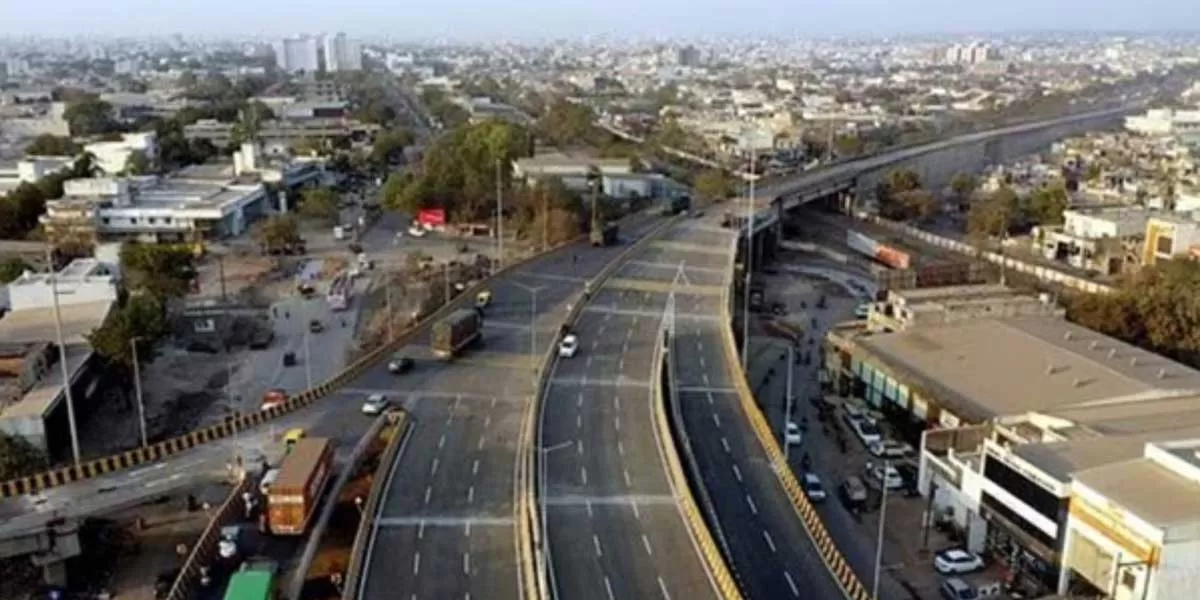- Varun Raje, Director, Raje Project Management ConsultantsSad, but true – India seems to be creating a record when it comes to structural collapses. The main reasons for building collapse of old structures are either structural modifications or zero maintenance of the structure, leading to distress symptoms that eventually cause a collapse, says Varun Raje, Director, Raje Project Management Consultants, as he discusses problem areas and solutions with SHRIYAL SETHUMADHAVAN. What are the common reasons that result in building collapses?Alterations made in a building such as imparting additional load on structural members or any kind of modifications such as cutting off beams or, particularly, columns lead to abrupt failures of a building. In a few cases, modifications like adding heavy load on cantilevered structural members or extending these members for some use have caused failures in the past. In most cases, buildings are poorly or not maintained causing structural damages with the passage of time such as corrosion and carbonation of RCC members, which leads to delamination of concrete and corrosion of reinforcement, reducing the cross-sectional area of rebars. Such factors reduce the strength of RCC members, leading to deep structural cracks in columns, beams and slabs. There are structures whose columns have developed shear cracks and, in severe cases, have actually buckled. Such distress symptoms, if unattended to and not repaired, will definitely lead to the sudden failure of these building portions, which eventually causes the collapse of the whole building. In terms of seismic codes, what does India follow, and what more is required?From a broader perspective, when we consider almost all the regions in India, seismic performance can be termed as poor as the sample size of the buildings under preview is large. However, new buildings in cities like Mumbai, Delhi, Bengaluru and Hyderabad are designed as per seismic codes. As a matter of fact, revisions were done in these codes after the Gujarat earthquake. More responsible thinking has developed towards seismic provisions in building design.Earlier, built structures were not designed as per seismic codes. There is no law that mandates the retrofitting of earlier buildings constructed without the provision of seismic codes. Ideally, in areas categorised as high earthquake zone 5, a structural review needs to be carried out to identify structures that need to be retrofitted without any prejudice. India follows IS 1893 for earthquake design, IS 4326 for earthquake design and construction and, most important, IS 13920 for design and ductile detailing of structures. Recently, new codes have been introduced for structural design, such as IS 1893 2016 for earthquake design provisions. This has been revised to consider an earthquake force more than 20 per cent than in the earlier version, whereas other earthquake codes for design and construction (IS 4326) and ductile detailing (IS 13920) have also been revised. This has limited the structural engineers to adopt conservative and simple framing to avoid any such complicated structures.How does application of low-quality building materials contribute to mishaps such as outbreaks of fire?The use of highly inflammable materials in building construction, especially for aesthetic requirements in interior design, could be a risk during fire. Therefore, such materials need to be avoided. During a fire outbreak, safe access through areas such as staircases and adequate provisions for escape such as refuge areas play a vital role in saving lives. The use of inferior fire-fighting material will definitely endanger lives and property owing to malfunction during a fire outbreak. Thus, selection of materials and maintenance of fire-fighting equipment need to be done carefully under the strict supervision of fire-fighting experts and agencies.How crucial is the role of structural design in determining quality of construction?Structural design plays a vital role. It needs to consider limitations at site and practical difficulties such as congestion of reinforcement, which may result in improper compaction of concrete that is associated with several outcomes of bad quality concrete. The mix design of concrete needs to be reviewed by the structural designer and the buildability factor needs to be taken into account, which enables good quality practises. Therefore, structural design needs to be conducive to carrying out construction, especially the detailing of reinforcement, sequence of construction and arrangement of false work. Regular site visits to check the slabs before concreting ensures work has been carried out as per design, thereby ensuring superior quality during construction. After concreting, site visits to carry out quality walks add further value. RERA’s circular makes it mandatory for the engineers of a project to submit a quarterly review of the construction quality…Certification may arbitrarily satisfy RERA’s requirement that the project has been undertaken with good quality construction. But RERA should independently appoint a quality committee to review project quality plans and specific approval for the quality reports submitted with certification needs to be given at quarterly meetings. This will ensure accountability and seriousness in the purpose laid by RERA for quarterly quality certification.Will modular buildings or prefabricated buildings and standardisation with effective quality ratings be a solution?I would not say standardisation or prefabricated building is the solution. But, yes, standardisation of parameters to identify material use, test certificates for concrete and steel, checklists signed by multiple agencies of a project to ensure processes are followed well at site and post-construction audits to rectify any problems that are identified may help. Every project can have a quality assurance plan that could be made mandatory for submission to statutory bodies. A holistic view on aspects related to quality assurance could be effective in terms of adding value. Will mandatory certification serve the purpose?Mandatory certification by a third party accountable for quality may serve the purpose but certification needs to be coupled with certain parameters for quality assurance of the construction of buildings. In my opinion, a committee formation or a group with credit rating specifically for quality would be prudent, like we have IGBC for green building certification and the certification process is followed right from the start of the project, even before excavation starts. The entire process of certification could be certified by the committee or a body under the coordination of a third-party quality audit agency. Can buildings older than a certain time, unless certified as heritage, be asked to seek certification on a quarterly basis?Structural audit is compulsory for buildings. However, the authenticity of the structural audit report and the methodology adopted to carry out such structural audits are of prime importance. The authenticity of such structural audit reports can be dicey. And, at the same time, there are so many cases where the society or occupants do not follow remedial measures or undertake urgent repairs as per the directions of structural audit reports owing to budget constraints or, simply, ignorance. In my opinion, tax payers should be provided with structural audits by civic bodies at their own cost at least once in two or three years for buildings categorised on the basis of age groups.

















